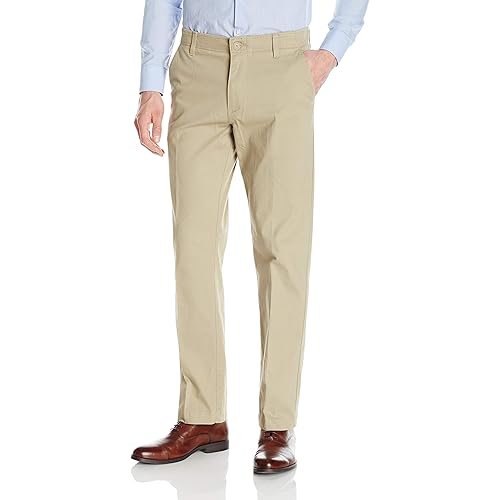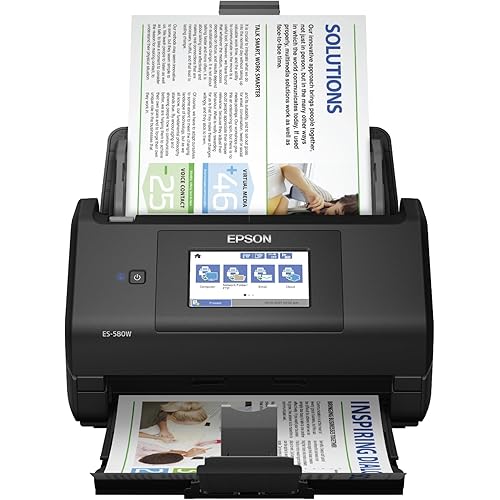







Buy Now, Pay Later
- – Up to 36-month term if approved
- – No impact on credit
- – Instant approval decision
- – Secure and straightforward checkout
Ready to go? Add this product to your cart and select a plan during checkout.
Payment plans are offered through our trusted finance partners Klarna, Affirm, Afterpay, Apple Pay, and PayTomorrow. No-credit-needed leasing options through Acima may also be available at checkout.
Learn more about financing & leasing here.
Selected Option
This item is eligible for return within 30 days of receipt
To qualify for a full refund, items must be returned in their original, unused condition. If an item is returned in a used, damaged, or materially different state, you may be granted a partial refund.
To initiate a return, please visit our Returns Center.
View our full returns policy here.
Recently Viewed
Pattern: Scanner
Style: V600 - New
Features
- Create extraordinary enlargements from film: 6400 x 9600 dpi for enlargements up to 17 Inches x 22 Inches. Maximum Scan Area 8.5 x 11.7 inches. TPU 2.7 x 9.5 inches
- Remove the appearance of dust and scratches from film: Digital ICE for Film
- Remove the appearance of tears and creases from photos: Digital ICE for prints
- Restore faded color photos with one touch: Epson easy photo fix included
- Scan slides, negatives and medium format panoramic film: Built in transparency unit
- Achieve greater productivity: Energy efficient Ready Scan LED light source means no warm up time, faster scans and lower power consumption
- Convert scanned documents into editable text: ABBYY FineReader Sprint Plus OCR
- Take your photos further: ArcSoft PhotoStudio included, to help edit and enhance your digital images
- Quickly complete any task: Instantly scan, copy, scan to email and create PDFs with four customizable buttons With Epson ReadyScan LED Technology, scanning starts instantly with no warm-up time required. In addition, the technology is environmentally friendly as it is mercury free, low in heat dissipation and power consumption.
- The V600 Photo comes with four customisable buttons that let users instantly scan, copy, scan-to-email and create PDFs at a single touch. It also features fully automatic scanning along with three additional modes for better control. The included OCR software ABBYY FineReader Sprint enables users to convert scanned documents into editable text. Results based on Epson internal testing conducted using US-equivalent 120V models.
Description
The Epson Perfection V600 Photo delivers outstanding quality scans from photos, film, slides and everyday documents. With 6400 x 9600 dpi resolution, this high performance scanner ensures precision film scanning for sharp, vivid reproductions up to 17" x 22". Featuring Digital ICE for both film and prints, one touch color restoration and ArcSoft PhotoStudio, this scanner provides a complete photo restoration solution. Use the built in Transparency Unit to scan slides, negatives and medium format panoramic film up to 6 x 22 cm. The V600 Photo scans everything from invoices and receipts to photos and 3D objects. And, with the included Optical Character Recognition (OCR) software, you can easily convert scanned documents into editable text. Use the scanner’s four customizable buttons to instantly scan, copy, scan to email and create PDFs. The V600 Photo also features Epson’s exclusive ReadyScan LED technology for increased productivity and energy efficiency. Minimum System Requirements: Windows 8, 8.1, Windows 7, Windows Vista, Windows XP, Windows XP Professional x64 Edition, Mac OS X 10.6.x, 10.7.x, 10.8.x, 10.10.x.
Scanner Type: Film
Brand: Epson
Model Name: Perfection V600
Connectivity Technology: USB
Product Dimensions: 22.5"D x 7.5"W x 14.5"H
Resolution: 9600
Item Weight: 9 Pounds
Wattage: 16.5 watts
Color Depth: 48 bits
Standard Sheet Capacity: 10
Product Dimensions: 19 x 11 x 4.6 inches
Item Weight: 9 pounds
Item model number: B11B198011
Is Discontinued By Manufacturer: No
Date First Available: September 18, 2009
Manufacturer: Epson
Frequently asked questions
To initiate a return, please visit our Returns Center.
View our full returns policy here.
- Klarna Financing
- Affirm Pay in 4
- Affirm Financing
- Afterpay Financing
- PayTomorrow Financing
- Financing through Apple Pay
Learn more about financing & leasing here.

























